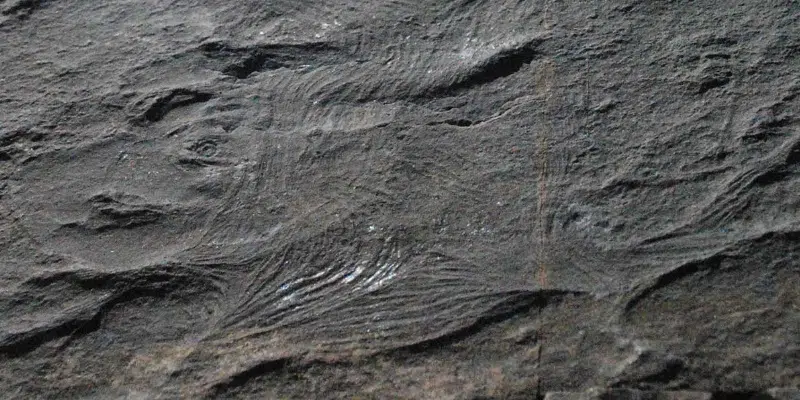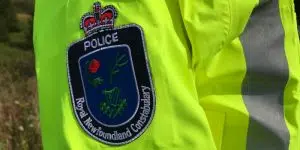Newfoundland and Labrador rocketed onto the world stage a few years ago with the discovery of the first known fossilized evidence of muscle tissue—and new discoveries in the same general region of the Bonavista Peninsula are about to add even more information to what is known about early complex life forms.
Local paleontologist Dr. Rod Taylor is hinting at new scientific findings expected to be published in the not-too-distant future that will help support and shed new light on information collected a few years ago.
The fossil of Haootia quadriformis is on display at the Rooms, and clearly shows the earliest evidence of muscle tissue—an important evolutionary step during the Ediacaran period approximately 560-million years ago.
Taylor was tantalizingly vague in indicating some big news is coming when it comes to the scientific understanding of those early life forms.
Newfoundland is the only place in the world in which that type of early fossil evidence has been found. The Mistaken Point Ecological Reserve which contains some of the Earth’s earliest lifeforms is now a UNESCO World Heritage Site, while the Bonavista Peninsula where Haootia quadriformus was found has been designated a UNESCO Discovery Geopark.

























